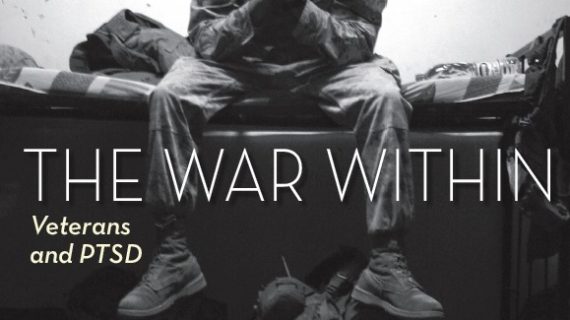“CBS This Morning”: Stop the Stigma
(10-30-19) Dear Pete,
CBS This Morning deserves a shout out.
The program devoted the Oct. 23 live broadcast (7-9 a.m ET) to “Stop the Stigma” and a mental health discussion with extensive videos and articles that are still posted online.
Obviously, I was pleased to see the National Alliance on Mental Illnesses’ medical director Ken Duckworth featured in the discussion, along with Acting NAMI CEO Angela Kimball, NAMI education director Teri Brister and NAMI statistics quoted.
More importantly, I can’t remember the last time a national news network focused so much on public education and stigma-busting about mental illness. The program broadcast gets an average of about 3 million viewers.





